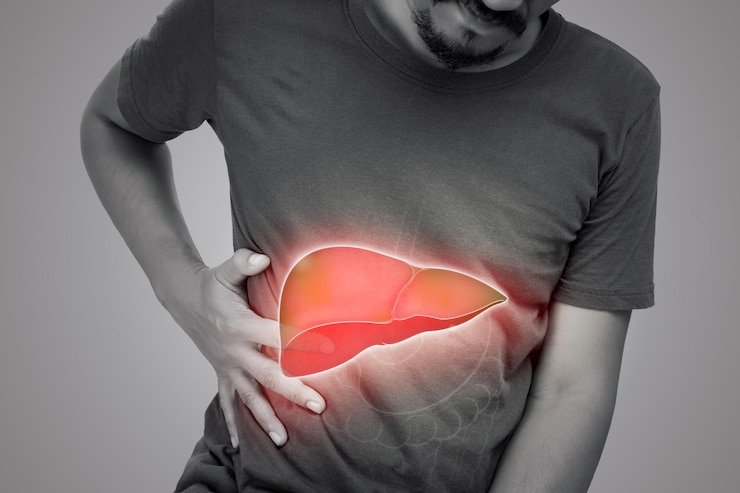FibroScan is a non-invasive diagnostic tool used to assess liver health and detect liver fibrosis, a condition characterized by the accumulation of scar tissue in the liver. Understanding how to interpret FibroScan scores is essential for healthcare professionals and patients alike, as it can provide valuable insights into the progression of liver disease and guide treatment decisions. In this beginner’s guide, we’ll demystify FibroScan scores and explain what they mean for liver health.
To Know More About It Please Click Here
What is FibroScan?
FibroScan, also known as transient elastography, uses ultrasound technology to measure liver stiffness, which is directly correlated with the degree of liver fibrosis. During the procedure, a probe is placed on the skin overlying the liver, and a mechanical pulse is transmitted, generating shear waves that propagate through the liver tissue. The speed of these waves is then measured, with higher speeds indicating increased liver stiffness and more advanced fibrosis.
Interpreting FibroScan Scores
FibroScan scores are expressed in kilopascals (kPa) and typically range from 2.5 kPa to 75 kPa. Here’s how to interpret FibroScan scores:
Normal Liver Stiffness (≤ 7.1 kPa)
A FibroScan score of 7.1 kPa or lower is considered normal and indicates minimal or no liver fibrosis. In individuals with normal liver stiffness, there is little to no evidence of liver damage, and liver function is generally preserved.
Mild Fibrosis (7.1 – 9.4 kPa)
A FibroScan score between 7.1 kPa and 9.4 kPa suggests mild fibrosis, indicating the early stages of liver scarring. While mild fibrosis may not cause noticeable symptoms, it is essential to monitor liver health and address any underlying causes to prevent progression to more advanced stages of liver disease.
Moderate Fibrosis (9.5 – 12.4 kPa)
FibroScan scores between 9.5 kPa and 12.4 kPa indicate moderate fibrosis, signaling a significant degree of liver scarring. At this stage, individuals may experience mild symptoms such as fatigue or discomfort in the upper right abdomen. Prompt intervention is crucial to prevent further liver damage and complications.
Severe Fibrosis (≥ 12.5 kPa)
A FibroScan score of 12.5 kPa or higher indicates severe fibrosis, also known as advanced fibrosis or cirrhosis. Severe fibrosis is characterized by extensive liver scarring and impaired liver function, leading to symptoms such as jaundice, ascites (fluid buildup in the abdomen), and portal hypertension. Timely treatment and management are essential to prevent liver failure and other life-threatening complications.
To Know More About It Please Click Here
Conclusion
Interpreting FibroScan scores is an essential aspect of assessing liver health and diagnosing liver fibrosis. By understanding the significance of FibroScan scores and their implications for liver disease progression, healthcare professionals and patients can work together to develop effective treatment plans and improve patient outcomes. Regular monitoring of liver stiffness through FibroScan can help track disease progression, guide therapeutic interventions, and optimize patient care in individuals with liver fibrosis.


